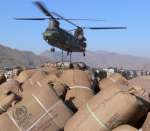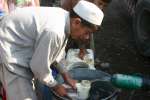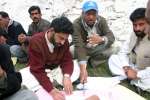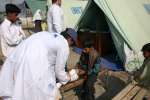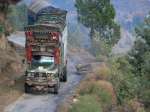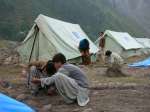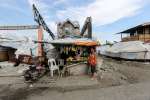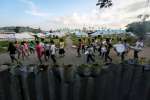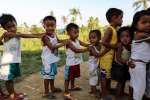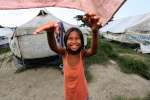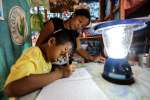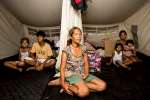Excreta Disposal in Emergencies: A Field Manual
Operational publications, 13 June 2009
This manual is designed for use by field-based technicians, engineers and non-technical staff responsible for sanitation planning, management and intervention in emergencies. The purpose of the manual is to provide practical guidance on how to select, design, construct and maintain appropriate excreta disposal systems to reduce faecal transmission risks and protect public health in emergency situations.
Breakdown by section:
- Preliminaries
- Chapter 1: Introduction
- Chapter 2: Assessment
- Chapter 3: Programme Design
- Chapter 4: 1st Phase Technical Options
- Chapter 5: 2nd Phase Technical Options
- Chapter 6: Strategies for Difficult Situations
- Chapter 7: Technical Design Information
- Chapter 8: Operation and Mantenance
- Chapter 9: Monitoring
- Appendix 1: Measuring Soil Infiltration Rates
- Appendix 2: WATSAN HIV/AIDS Checklist
- Appendix 3: Excreta Disposal Guidelines
- Appendix 4: Bills of Quantities
- Appendix 5: Latrine-monitoring Forms
- References and Bibliography




